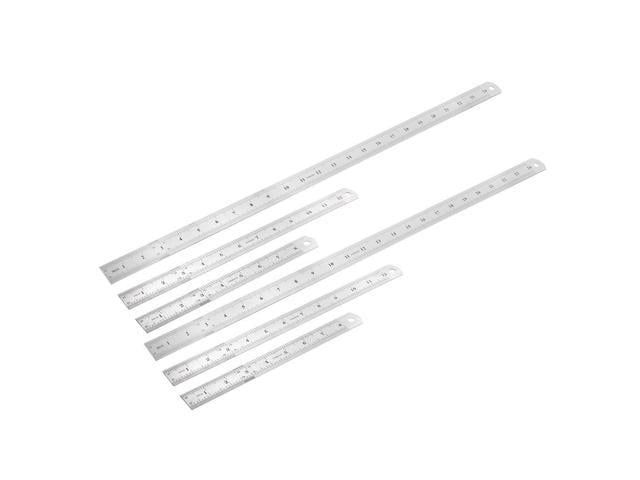Excerpt from Pupil’s Notebook and Study Outline in English History
The pupil will fill in the notebook as he prepares the assigned lesson, selecting the essentials and arranging them under proper heads. The process compels the attention, and the problem of phrasing concisely in his own words the matter to be entered, holds the pupil’s mind to the task. In this connection there is a good opportunity for training in English. It Should be noted that parentheses are to be filled in with the proper dates; a letter, number, or colon is to be followed by required details; and after the colon and dash something of an explanatory nature is to be set down.
The outlines cover the work that all must do; they do not limit in quantity or method what may be done; they should materially increase the time available for the teacher to work out his own best ideas in history teaching.
The Chronological Table, pages 138 - 140, which may be used in a general review, will be of assistance in gaining perspective. The blank pages at the back are for notes on outside reading, review topics, etc. Here also may be placed further maps, drawings, etc. These may be made very successfully by Copying the given map with tracing paper, and pasting the tracing paper into the notebook. The effect is especially good if colored inks are used.
These outlines were made for our own school, where they have been satisfactorily tried out. It is gratifying to have arranged the work in consultation with Mr. Walker, and also to have had the benefit of suggestions from the several colleagues who are teaching English history with me.
About the Publisher
Forgotten Books publishes hundreds of thousands of rare and classic books. Find more at www.forgottenbooks.com
This book is a reproduction of an important historical work. Forgotten Books uses state-of-the-art technology to digitally reconstruct the work, preserving the original format whilst repairing imperfections present in the aged copy. In rare cases, an imperfection in the original, such as a blemish or missing page, may be replicated in our edition. We do, however, repair the vast majority of imperfections successfully; any imperfections that remain are intentionally left to preserve the state of such historical works.















